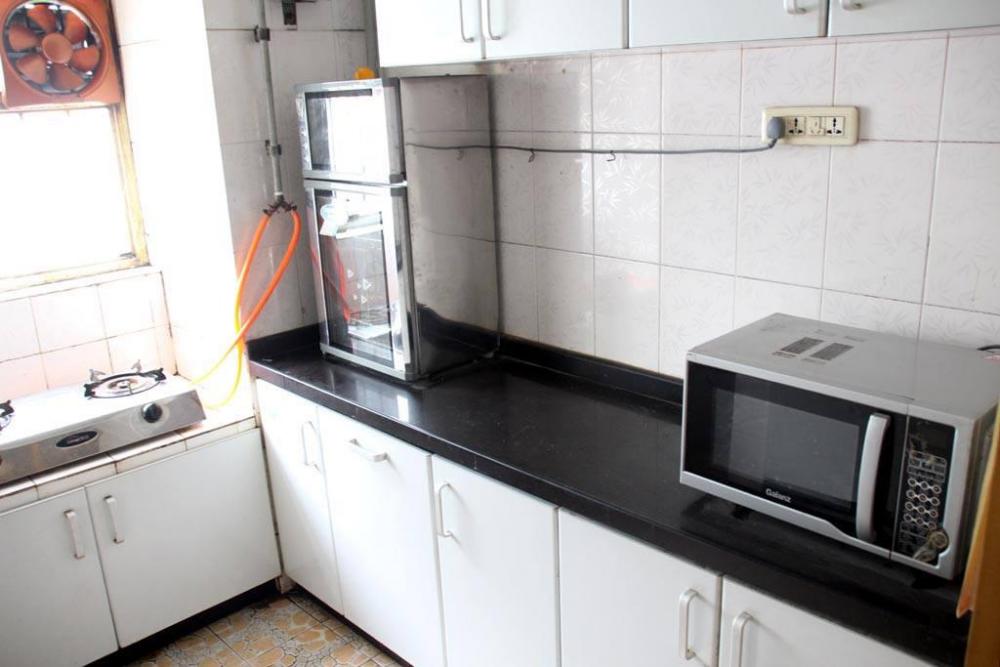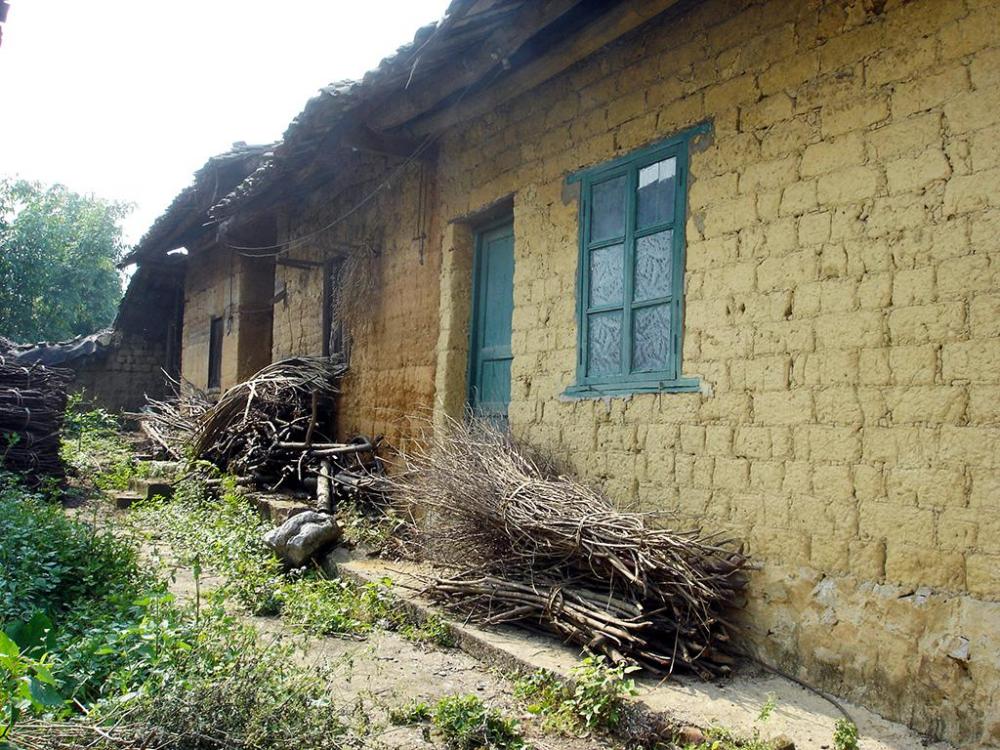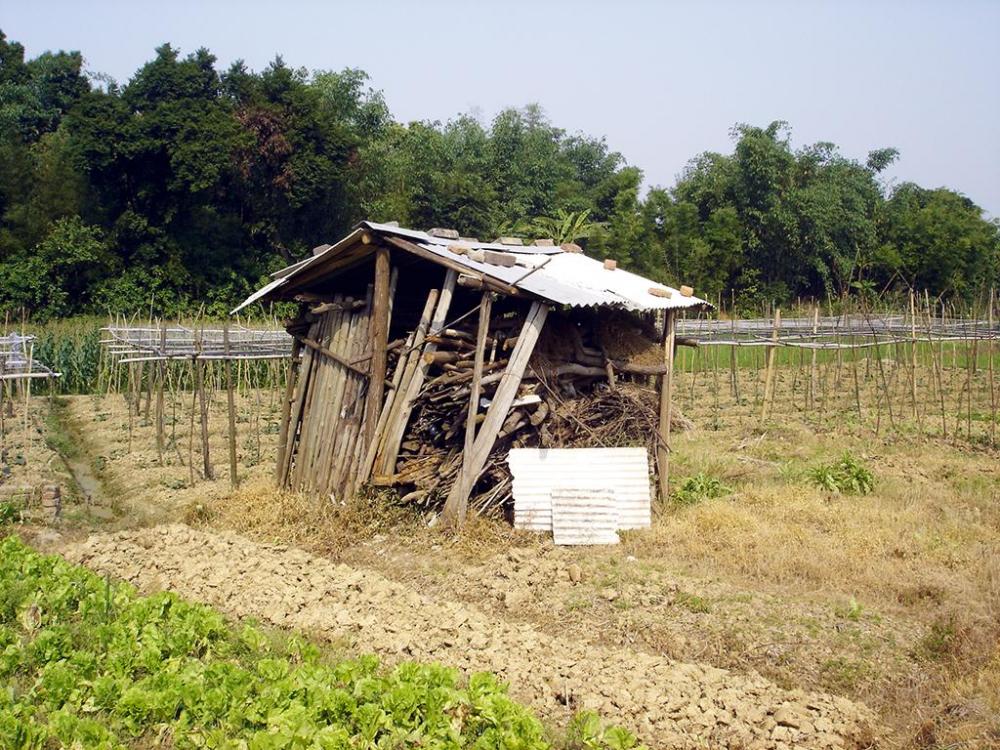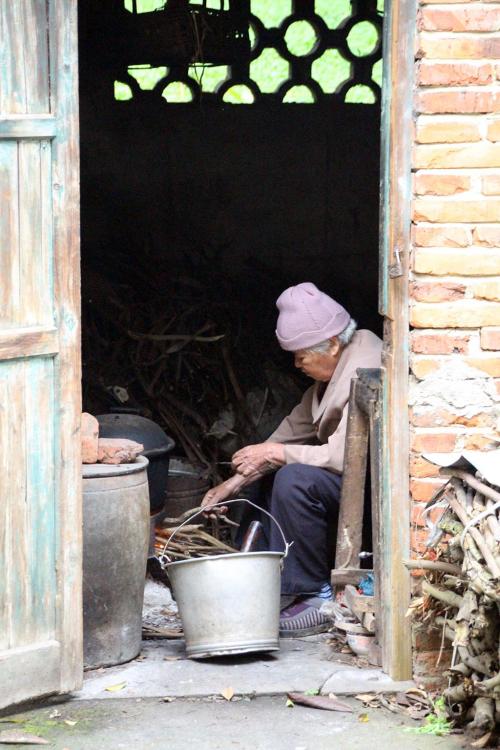21. "the Chinese home cook crouched over a wok on a brazier fed with twigs and cow chips"
On 8/4/2021 at 10:37 PM, Tropicalsenior said:I think that the perception of most of us in the western world is of the Chinese home cook crouched over a wok on a brazier fed with twigs and cow chips. With the advances that China has made I suppose that many home cooks have kitchens that resemble those in the West.
Just as their style of cooking has to have changed, has the type of food that they are cooking changed? With the transport and availability of food from other regions, has it caused them to be less regional in their home cooking?
When I first came to live in China in 1996, it was said that 80% of the population was rural and 20% lived in cities. Today, we are told it’s the opposite, but while certainly many people, especially the younger generations, have moved to cities, it is often only temporarily. Many have become migratory workers, travelling to wherever the work is and moving on when the work moves on. Most of these end up working in the coastal areas in the east and south-east of the country. Also, many of these, men and women, have children whom they leave behind with the grandparents while sending money back. Many of these people fully intend returning home; many already have.
As China’s economy has grown incredibly over the last couple of decades, its reputation as a source of cheap labour has correspondingly diminished and the large foreign companies are looking for other places to exploit instead. The Chinese government has thrown billions of hard cash into developing the interior and western regions, so reducing people’s dependence on migratory work.
But for sure the number of city dwellers has risen considerably and, in general, people are more affluent. This new affluence has, of course, led to a rise in living standards and a new middle class. They demand everything new. There is very little demand for second-hand cars and I have never seen the type of second-hand shops which are common elsewhere. I can only think of one second-hand store here in town and that is a second-hand cell phone outlet. And it’s the same with housing. The new middle class only want newly built homes. These they buy unfinished and then arrange to have builders in to finish the interior layout to their own specifications. Even those who do buy pre-owned homes do the same, ripping out interior walls, plumbing etc and rebuilding the interior. They call this ‘decorating’.
And of course, this extends to the kitchens. Chinese domestic kitchens tend to be on the small side and have little storage space compared to western kitchens. Most people cook on one of these. So, do I. I’ve never seen anything resembling a western stove.
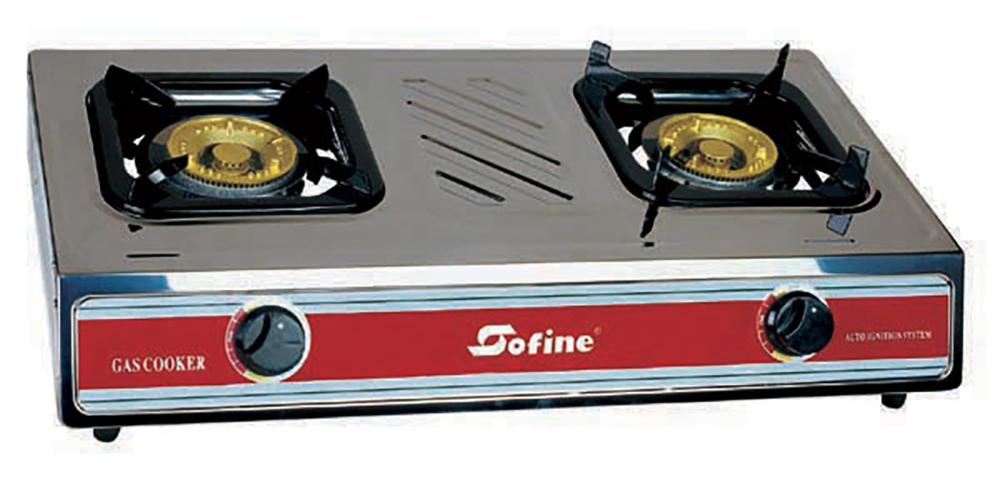
They may have a microwave, but that is mostly used for heating up dishes that have cooled down a bit. A rice cooker, for sure. And often a pressure cooker. No oven.
This is my kitchen as it was on the day I moved in. There is another counter and more storage space on the other wall, too. I didn't rebuild anything.
The thing on the left of the counter near the window is an infra-red or UV steriliser for bowls and plates etc. I moved it. This is not the most luxurious, but better than many.
So, although the kitchens may be more modern looking, they still generally contain the same limited equipment. Not that the Chinese consider there to be any limitations. They have what they need.
Out in the countryside, in many places, the “wok on a brazier fed with twigs and cow chips” tradition lingers but is becoming rarer and rarer. Except it wouldn’t just be twigs. And no cow chips. There aren’t that many cows in China. (I had to look up ‘cow chips’; not an expression I’ve heard, though I did guess the meaning.) That said, yak dung is used for fuel in Tibetan areas. Most of these home cooks would use wood, which they gather throughout the year and store for future use.
Firewood stack
The hut is firewood too I think!
This old lady was cooking her lunch over a pile of firewood in a metal bucket in a sort of outhouse.
As to what people cook, I don't think the new-found affluence has changed much, other than people eat more of the same. More meat, for sure, but still prepared in the traditional ways. Despite the oft-repeated claims that the Chinese eat everything (another myth), I find most people to be rather on the conservative side in terms of what they will eat and, especially, cook. I’d estimate that 90% of the restaurants here in Liuzhou are serving either local cuisine or dishes which have been well-known all over China for a very long time. When I lived in Hunan, it was the same. Restaurants did Hunan food. We do have a few restaurants serving other region’s cuisines in town, but I don’t think many people would be cooking those dishes at home. I know my friends never do. Even in places like Beijing and, even more so, Shanghai, which have restaurants serving food from all over China and the world, few people will be making that at home.
For a general idea of what people cook at home I can recommend Fuchsia Dunlop’s Every Grain of Rice: Simple Chinese Home Cooking (eG-friendly Amazon.com link), which covers many of the dishes cooked regularly across China. Regional cookbooks are hard to find, even in Chinese. I have a couple on Sichuan cuisine, but that’s it.
I suspect this reply to @Tropicalsenior's question may raise even more questions. If so, please fire away!


